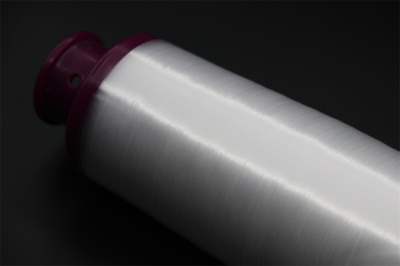
Do You Really Know the Differences Between Carbon Fiber and Fiberglass?
2024-05-29 16:53
When choosing materials, understanding the differences between Carbon Fiber and Fiberglass is crucial. Although both materials are known for their high strength and lightweight properties, their unique characteristics make them suitable for different applications. So whether it is carbon fiber or fiberglass, you need to understand their differences, or choose Saxobran to help you determine which material is best for your needs.
Strength and Durability
Both Carbon Fiber and Fiberglass offer remarkable strength, significantly surpassing traditional materials like steel. However, Carbon Fiber leads with over 20% more strength compared to the highest quality Fiberglass. Its superior strength-to-weight ratio makes it the preferred choice for high-performance applications where maximum strength is critical.
Flexibility and Stiffness
The flexibility of a material greatly influences its suitability for specific uses. Carbon Fiber is known for its rigidity, making it ideal for applications requiring stiffness, such as aerospace components and high-end sports equipment. Conversely, Fiberglass offers greater flexibility, which can be beneficial in applications where some degree of movement or bending is needed.
Weight Considerations
One of the main advantages of both Carbon Fiber and Fiberglass is their lightweight nature. This makes them highly desirable in industries where weight reduction is essential, such as aviation and automotive racing. Carbon Fiber is generally about 15% lighter than Fiberglass, providing an additional edge in weight-sensitive applications.
Thermal Stability
In environments with fluctuating temperatures, the thermal properties of materials can be crucial. Carbon Fiber has a near-neutral thermal expansion, meaning it does not contract in cold temperatures, thanks to its unique combination of materials. Fiberglass, however, may contract when exposed to cold, making Carbon Fiber a better option for applications subjected to extreme temperatures.
Resistance to Corrosion
Both Carbon Fiber and Fiberglass exhibit high resistance to corrosion and chemical damage. This makes them suitable for use in harsh environments where exposure to chemicals, acids, or abrasive conditions is common. Their durability in such conditions ensures long-lasting performance.
Cost Efficiency
Cost is often a decisive factor when selecting materials. Fiberglass is typically more affordable than Carbon Fiber due to its widespread use and lower manufacturing costs. While Carbon Fiber offers superior performance in several aspects, its higher cost is justified only in applications where its unique properties provide significant benefits.
Making the Right Choice
Choosing between Carbon Fiber and Fiberglass depends on the specific requirements of your application. Carbon Fiber is ideal for situations demanding exceptional strength, rigidity, and stability under varying temperatures. Fiberglass, with its flexibility and cost-effectiveness, is suitable for applications where these characteristics are advantageous. By understanding the unique properties of each material, you can make an informed decision that best meets your needs.
For further insights into the benefits of Carbon Fiber and how it can enhance your projects, feel free to reach out to Saxobran.








